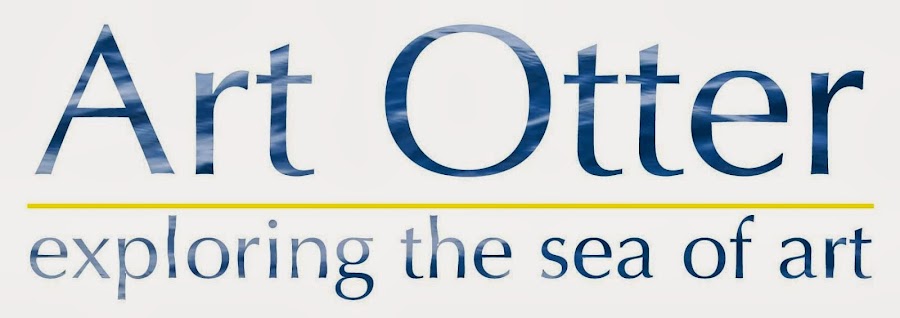To start lets go to the National Mall to see the National Gallery of Art (West building and East building). In the West building you can see more historic works of art such as European paintings and sculptures ranging from the 13th to 16th Centuries. There also is a good amount of American art and they always have a few temporary exhibitions going on which are very interesting. Then in the East building you would find a large amount of Contemporary and Modern works along with their Film series they almost always have running in their auditorium. If you know whether you'd enjoy a more contemporary feel then head to the East building but if you'd rather see some historical art then go to the West building.
 |
| National Gallery of Art West Building |
 |
| National Gallery of Art East Building |
Next on the National Mall is the Hirschhorn museum of art. This museum is the round building and it is smaller than the other museums but it does hold a great collection of art. While I was visiting they only had two temporary exhibitions going because of renovation. But both of which were fantastic. It's easy to get lost within the art but nice to flow right around the Hirschhorn (because it's a circle) so you almost forget to worry about seeing everything because you kinda have to walk through each room to get to the next. They had a large variety of mediums in there as well from video, drawing, painting, sculpture, and photography. I personally loved the Destruction and Gravity's Edge Exhibitions. I loved so many pieces from both. Which I can get into in another post.
 |
| Hirschhorn Museum |
Next on the list is the National Portrait Gallery and American Art Museum. This combined museum is awesome. I love portraiture so this is my favorite museum of all time. You can find anything from Nam June Paik pieces, to Georgia O'Keeffe paintings. Plus portraits of people ranging from the Presidents to Eminem and LL Cool J. It's hard for me to actually write about how amazing this museum is and how ranged the art work is within it. One section of the museum is American landscapes and gorgeous marble sculptures and another is a collection of over 100 TVs stacked all screaming at you to watch this amazing billboard of images and Eric Fischl paintings. It all depends upon preference and what you want to get out of a museum but I will always love the collection they have at the National Portrait Gallery. Sometimes their special exhibitions can be amazing and blow your mind, other times they can be strictly historical and you learn more about the person in the portrait than the art of the piece, which is okay too.
 |
| American Art Museum and National Portrait Gallery Interior Courtyard |
If anyone has any questions about specifics about the museums or want to know more about something within the galleries, leave a comment!
Citations:
West Building Image: http://www.virtualtourist.com/travel/North_America/United_States_of_America/Washington_DC/Things_To_Do-Washington_DC-National_Gallery_of_Art-BR-1.html
East Building Image: http://www.viewpictures.co.uk/Details.aspx?ID=107181&TypeID=1
Hirschhorn Image: http://en.wikipedia.org/wiki/Hirshhorn_Museum_and_Sculpture_Garden
American Art Museum and National Portrait Gallery Image: http://en.wikipedia.org/wiki/National_Portrait_Gallery_%28United_States%29



















.jpg)





